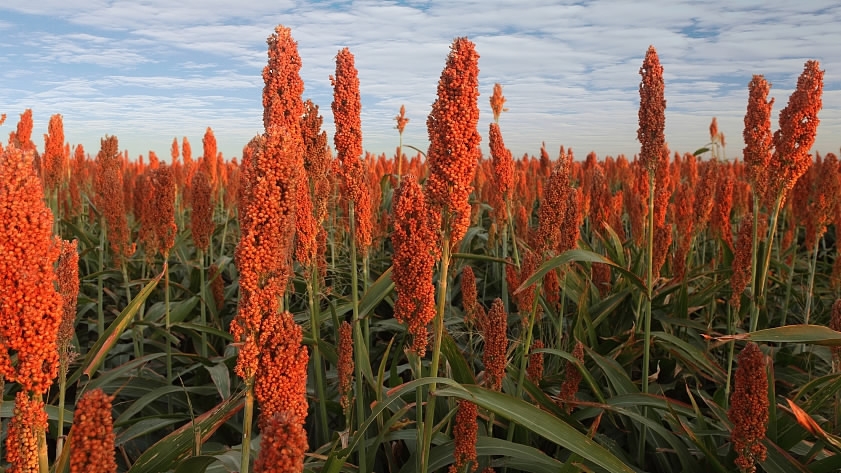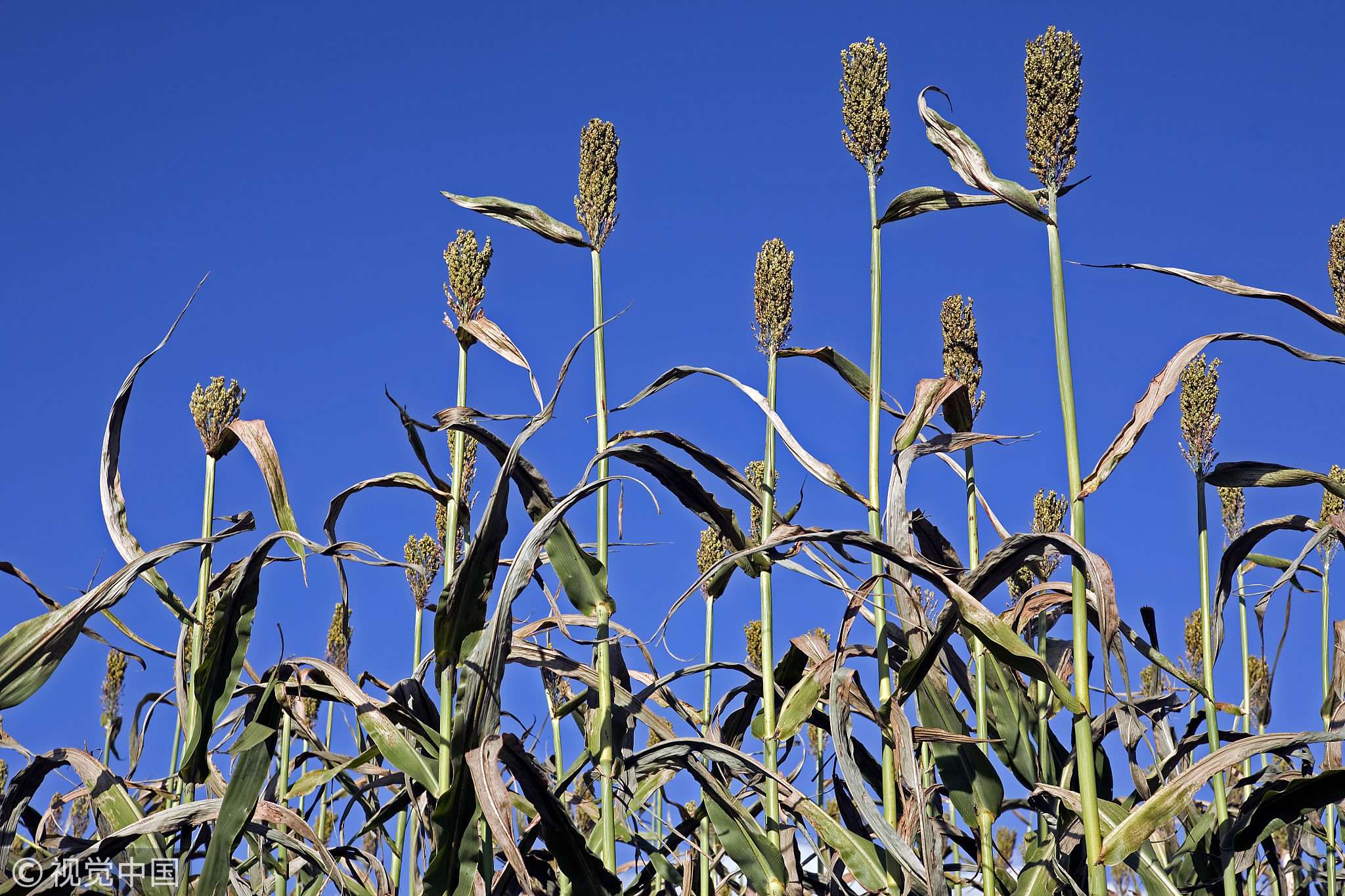
Opinions
22:53, 06-Feb-2018
Opinion: How I helped China probe America's US$100 bln farm subsidies
Guest commentary by Dr. John Gong

2018 is likely to go down in history as a period of stormy weather for Sino-US trade relations. Amid a wave of trade sanctions against Chinese exports initiated by Donald Trump, the Ministry of Commerce (MOFCOM) in Beijing has finally decided to fight back.
In a move that is more symbolic than truly meaningful in my opinion, the ministry announced on Monday that it will start a countervailing investigation into American sorghum exports.
I was immediately struck with the thought, what needs to be investigated? That the US government subsidizes farmers is a well-established fact, enshrined in the Farm Bill, also officially called the Agricultural Act of 2014, so what is left in doubt?

The Internal Revenue Service (IRS) in Washington, DC /VCG Photo
The Internal Revenue Service (IRS) in Washington, DC /VCG Photo
Okay, so I know the answer to the “if” question is yes. But maybe I need some more evidence and need to know a bit more about “how.” So I started my own little investigation and hopefully it can be helpful to MOFCOM. The following is what I learned within an hour.
In the days when I used to file federal tax returns before coming back to China, I vaguely remember there was a box item that referred to farm subsidy in the 1040 form, the US tax return form that everyone needs to file with the IRS.
So that is where I started. I downloaded a PDF version of the latest 1040 form for 2018. Line 18 in the form says, “Farm income or (loss). Attach Schedule F.”
Okay, so I went to the IRS website to download Schedule F (1040), officially entitled Profit or Loss from Farming. This is essentially an operation statement for farmers, akin to a corporate income statement. Lines 4a (agricultural program payments) and six (crop insurance proceeds and federal crop disaster payments) attracted my attention. The IRS is pretty considerate – there are parentheses on the side that read, See instructions.
So I did, after downloading another PDF file called Instructions for Schedule F. The instruction pertaining to Schedule F, Line 4a says it should be the total of six types of federal government payments to farmers, usually reported in Form 1099-G.
I downloaded yet another PDF file, Form 1099-G. Box seven reads, “Agricultural payments.” The instruction for Box seven reads, “Shows your taxable Department of Agriculture payments.”

US sorghum /VCG Photo
US sorghum /VCG Photo
I was almost done. After 20 minutes of going through America’s tax filing labyrinth, I was now in a position to help the Ministry of Commerce with court-presentable evidence to demonstrate the existence of the US government’s subsidy to farmers, which is administered though the Department of Agriculture.
But I need a better understanding of the scale of these subsidies. Thanks to a very transparent federal budgetary process, a PDF version of the Department of Agriculture’s 2018 budget is a just few mouse clicks away.
The Department’s total budget for 2018 is estimated at 140 billion US dollars, of which roughly 82 percent – about 117 billion US dollars – is for mandatory programs required by the Farm Bill. The bulk of the farm subsidies are contained in this 117 billion US dollars under the category for Farm and Foreign Agricultural services.
Further breaking down, it includes credit support for farmers, in the amount of approximately 7 billion US dollars for direct and guaranteed farm ownership and operating loans, and crop insurance coverage for an estimated 92 billion US dollars in crops in the name of maintaining America's safe and affordable food supply.

VCG Photo
VCG Photo
Federal credit facility also includes 5.5 billion US dollars for Commodity Credit Corporation (CCC) Export Guarantee Programs to provide guarantees for the commercial financing of US agricultural exports. And lastly is the 5.3-billion-US-dollar commodity program administered by the Farm Service Agency (FSA). It covers 1.8 million farms which are enrolled either in the Agriculture Risk Coverage (ARC) or the Price Loss Coverage (PLC) programs. These are just handout programs that send checks to farmers in times of commodity price downturns.
My above rough calculation is that about 110 billion US dollars of the US Department of Agriculture’s annual budget is directly used to subsidize farmers. Now how much of it is related to sorghum? That appears to be an accounting allocation problem that will never be clearly sorted out. But it’s got to be more than 5 billion US dollars, considering sorghum’s importance in total farm crops, hasn’t it?
(Dr. John Gong is a professor at the University of International Business and Economics. The article reflects the author’s opinion, and not necessarily the views of CGTN.)

SITEMAP
Copyright © 2018 CGTN. Beijing ICP prepared NO.16065310-3
Copyright © 2018 CGTN. Beijing ICP prepared NO.16065310-3